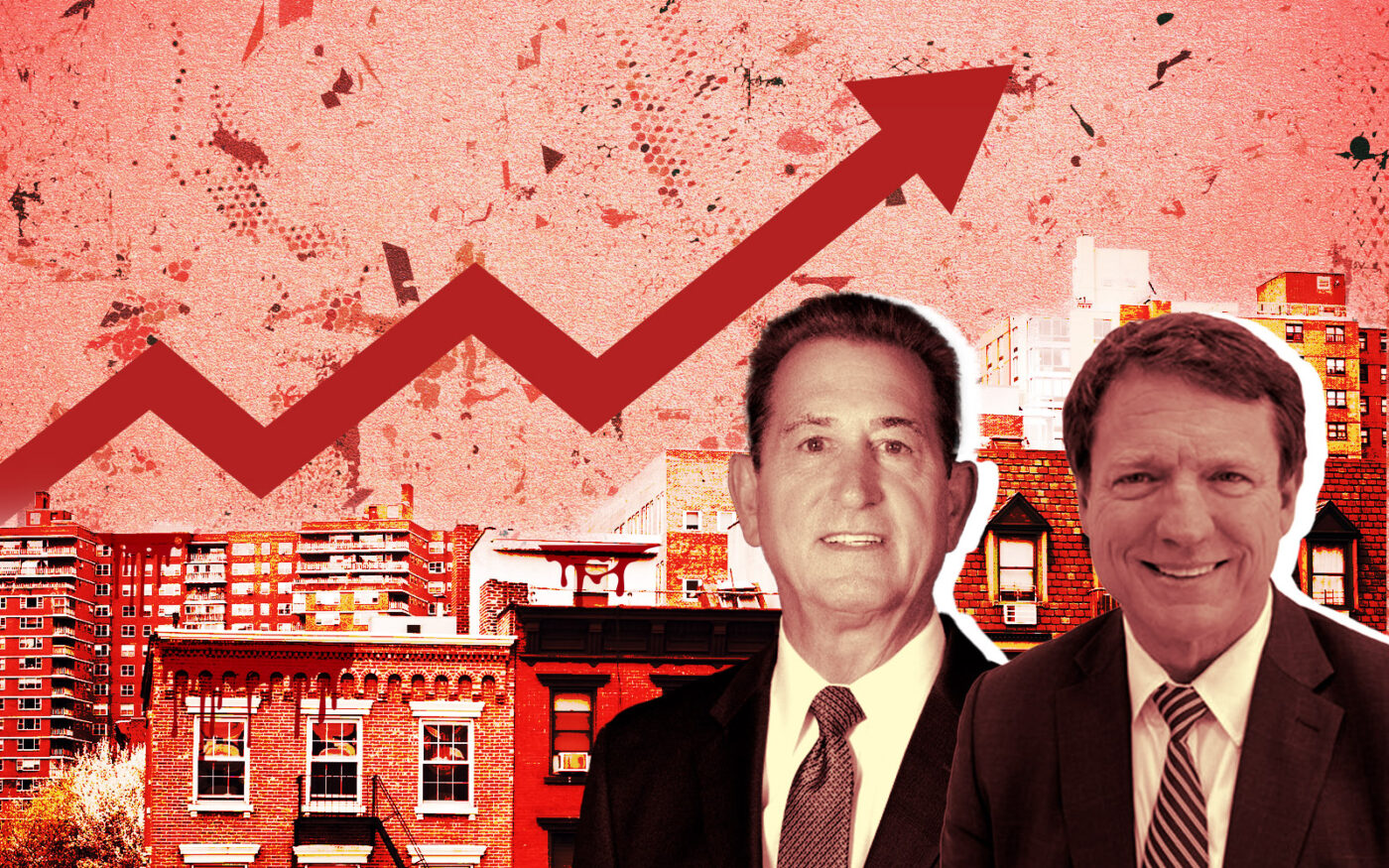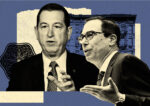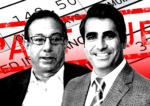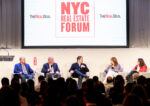 New York Community Bank CFO, CRE lending head out
New York Community Bank CFO, CRE lending head out
Trending
NYCB loan defaults surge 400% as rent-stabilized buildings bleed
Families dipping into own pockets to keep their properties afloat

New York Community Bank on Wednesday reported defaulted loans totaled $800 million in the first quarter — a near 400 percent increase from the same period last year.
Multifamily, a pressure point because of the bank’s heavy exposure to the city’s troubled rent-stabilized stock, accounted for $339 million of those non-performing loans.
Acknowledging that weakness, as well as concerns about office performance, the bank set aside another $225 million last quarter to cushion future loan losses, bringing total loss reserves to $1.2 billion.
Joseph Otting, the bank’s third CEO since long-term head Thomas Cangemi exited during a chaotic first quarter, kicked off the call with “apologies for the late notification for today’s earnings call” — a scant 12 hours.
“We had to ensure we had both controls and processes and completed the credit review that we had indicated that we would conduct,” Otting explained.
On the heels of a surprise first quarter loss, dividend cut and plummeting stock price, NYCB disclosed “internal controls issues” tied to “internal loan review, resulting from ineffective oversight.”
In other words, NYCB did not take a hard enough look at its mortgages.
The team promised to pull out the magnifying glass and review those loans after staving off collapse with a $1 billion infusion in early March.
In a first-quarter earnings presentation, it showed its work to date.
“We did a deep-dive analysis, getting third-party information and property valuations,” said Craig Gilford, the bank’s chief financial officer as of two and a half weeks ago.
The bank re-evaluated a little over one-third of its $48 billion portfolio of commercial real estate loans, which include office but are primarily multifamily.
The review covered 75 percent of its office loan book, which totals $2.4 billion, and set aside reserves to cover about 10 percent of those loans in anticipation of defaults.
Its multifamily analysis left the bulk of those debts unturned. NYCB reviewed about one-third of the $37 billion portfolio — 250 loans — and focused on its largest mortgages or those around $54 million.
That’s 250 down, 4,322 to go, according to its earnings presentation. Otting said the firm would “do more work on the remainder of the portfolio during this particular quarter.”
The primary review failed to consider its bread-and-butter multifamily product: smaller loans around $5 million on buildings that tend to be family-owned.
Given industry concerns around the performance of rent-stabilized multifamily loans, which account for about half of NYCB’s apartment-backed debt, Bank of America analyst Ebrahim Poonawala asked about the loss content of that book.
Otting acknowledged the impact of New York’s 2019 rent law, which throttled revenues in stabilized buildings, but insisted “revenue is pretty solid in that space,” given the low vacancy rate.
Rent-stabilized owners have more trouble collecting rent than filling apartments, unless vacated units need gut renovations, as the rent law has made it impossible for them to raise rents enough to finance major work.
The bigger problem, noted Otting, is that “operating expenses have risen.”
Gilford disclosed multifamily loans that were repriced have a debt service coverage ratio of 1 to 1.1. That is dangerously low, but the CFO said the metric showed owners could still cover their debts.
A DSCR of 1 signals a property’s cash flow exactly covers its loan payments. Many lenders require a DSCR of at least 1.25.
Another problem is that property values have dropped, which puts their loans at risk.
Otting detailed that some multifamily loans are operating at 100 percent loan-to-value ratio, and most are in the “high 80s, low 90s.” The data shows a stark decline in value for mortgages made at 60 percent LTV, according to the bank.
A building owner with a mortgage at 100 percent LTV has no equity left. But Otting said those buildings are “frequently long-term owned by families and they are supporting those properties from resources from the family because they don’t want to lose those properties.”
Smaller operators have confirmed this, sharing they are “feeding” properties whose revenue does not cover expenses, including debt service.
The bank pointed to the capacity of owners to repay or refinance the overwhelming majority of the $2.1 billion in multifamily loans that came due over the past 15 months as a picture of that resilience.
“It’s essentially no delinquencies to date on loans that have reset,” Gotlib said.
But many landlords and their trade groups have stressed that owners cannot afford the 5-percentage-point rate jump that NYCB reported owners swallowed at refinancing.
NYCB did acknowledge that it flagged $2 billion in loans as “classified” or “criticized” – markers of default risk – in the first quarter, signaling trouble to come should interest rates remain high.
“Those are the things we’re looking at when we’re thinking about how changes in the interest rate curve affect them when they get to the repricing stage,” Gotlib said.
The bank reported a loss of 45 cents per share in the quarter, which was narrower than expected, according to MarketWatch. Shares rallied 33 percent Wednesday morning on the news and Otting’s outline of a “clear path to profitability over the two following years.” But the share price is still down 66 percent this year.
Read more
 New York Community Bank CFO, CRE lending head out
New York Community Bank CFO, CRE lending head out
 NYCB to “aggressively” manage loans. What that means for landlords
NYCB to “aggressively” manage loans. What that means for landlords
 NYCB lands $1B infusion, after sudden stock plunge halts trading
NYCB lands $1B infusion, after sudden stock plunge halts trading




